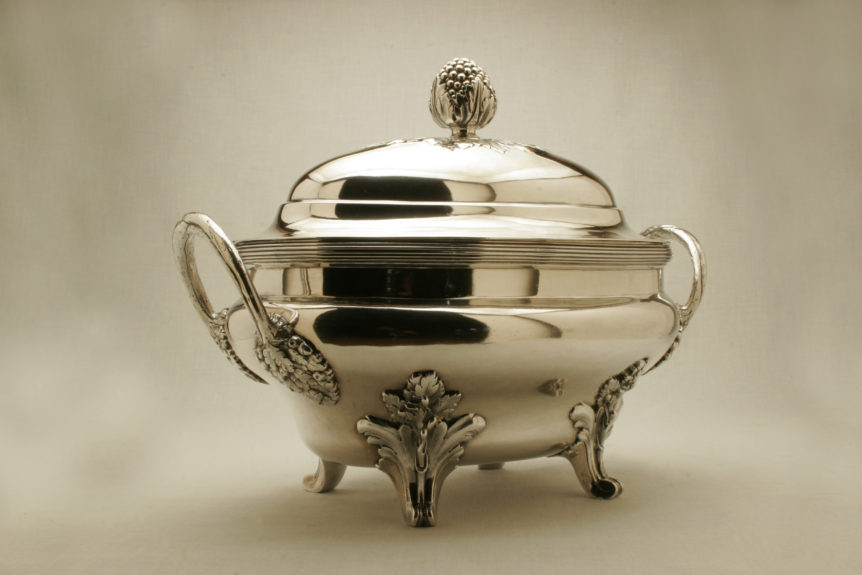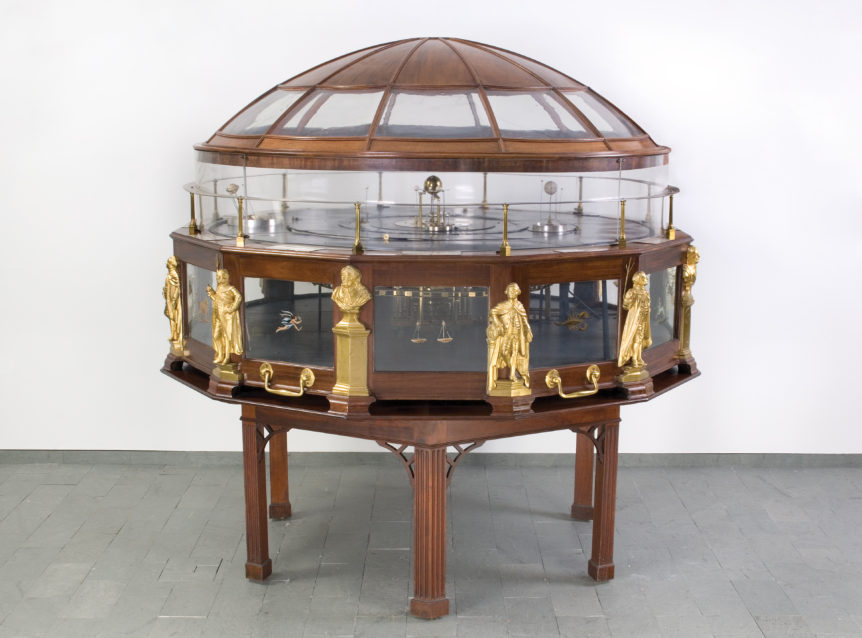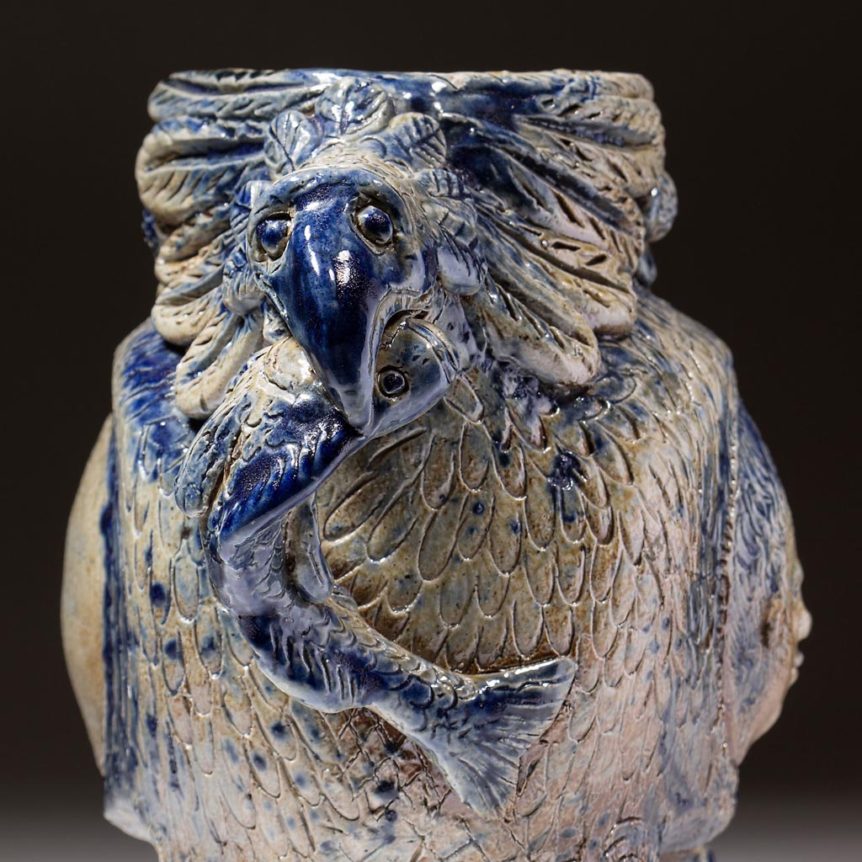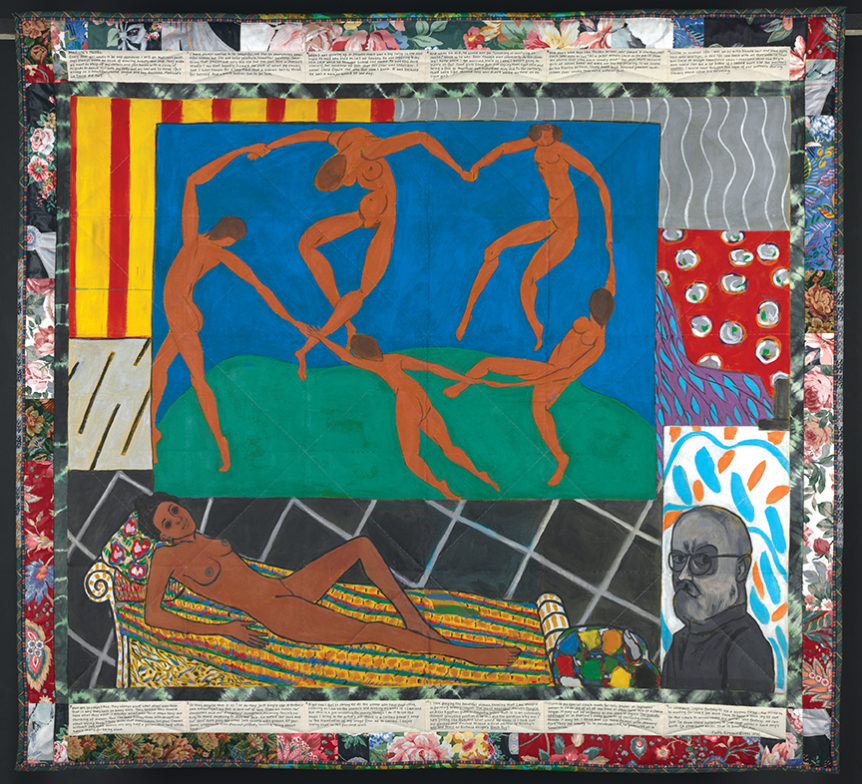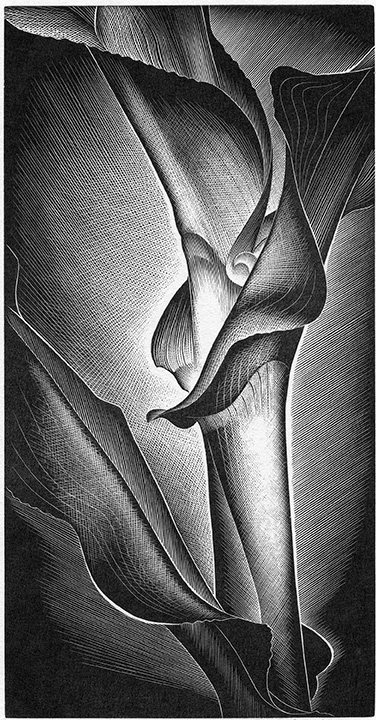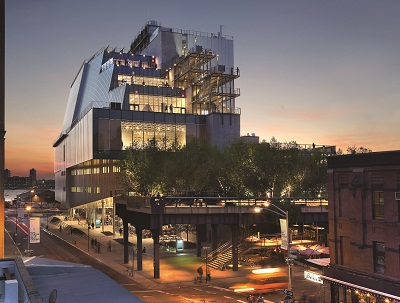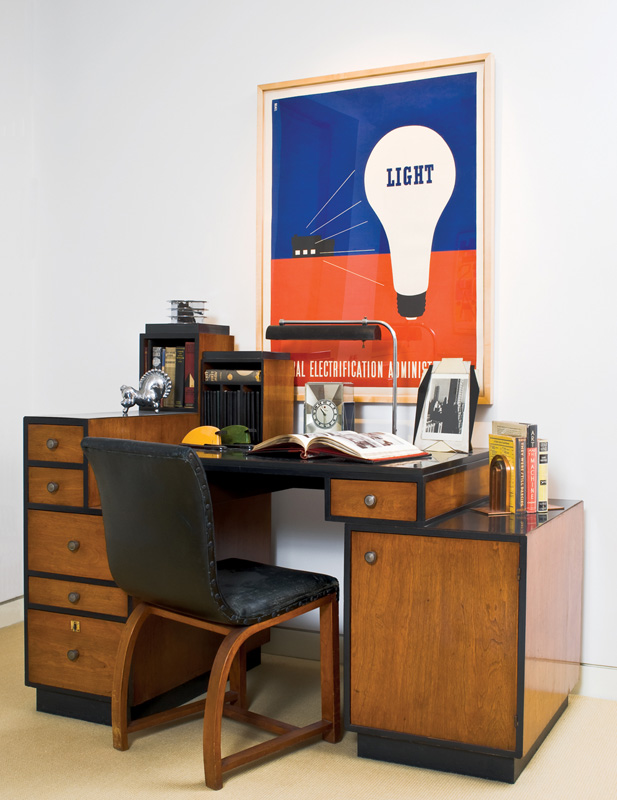A few years ago, one of two silver soup tureens ordered by Thomas Gibbons in 1810 came on the market, after remaining for nearly two centuries in the possession of his descendants.
A Classroom in the Age of Enlightenment
Revisiting Harvard’s Philosophy Chamber.
Handle with care
Introducing a new monthly column for aficionados of ceramics and glass.
Regarding Henri Matisse
A new exhibition explores the influence of the French master on American art.
Paul Landacre’s world
The brilliance of the master printmaker Paul Landacre owed something to the patronage of Hollywood royalty but a great deal more to the dynamism of early California modernism.
The Whitney After All
Some things just aren’t meant to fit in. The Whitney Museum of American Art certainly sounds like an august institution. But it was born on a scruffy back street in Greenwich Village at a time when “bohemian” meant “disreputable,” and during its six decades uptown—most of them at Madison Avenue and Seventy-Fifth Street, in the moneyed precincts of the Upper …
Events: Exhibitions, symposiums, and lectures through December
ALABAMA Montgomery Montgomery Museum of Fine Arts: “Alexander Archipenko: Dreizehn Steinzichnungen”; November 29 to January 18, 2015. “The Grand Tour: Prints from Rome, Florence, Venice, Paris, and London”; to November 23. “Imprinting the West: Manifest Destiny, Real and Imagined”; November 8 to January 4, 2015. ARIZONA Tucson Tucson Museum of Art: “La Vida Fantastica: Selections from the Latin American Folk …
Current and coming: A Philadelphia sampler
THE PHILADELPHIA ANTIQUES SHOW‘s hardworking committee, on the job since 1962, this year welcomes the show’s new director Catherine Sweeney Singer. From this pairing expect a fresh take on tradition, the best of the past proffered with invigorated ideas for the present. The gala preview is April 25, and the show runs through April 29. Limning a portrait of a …
Curiously Carved: Pictorial Sources of Scrimshaw
from The Magazine ANTIQUES, January/February 2013 | Contrary to persistent stereotypes characterizing seamen in the Age of Sail as a barbaric rabble-unruly, illiterate ruffians devoted to the pursuit of disreputable vices-nineteenth-century Yankee whalemen were characteristically literate and, as a class, avid readers. Whaling voyages were matters of two, three, or even four years’ duration, including months at sea between landfalls; …
At home in modernism: The John C. Waddell collection of American design
Photography by John M. Hall | from The Magazine ANTIQUES, May/June 2012 | The art of today must be created today,” the designer and author Paul T. Frankl wrote in 1928. “It must express the life about us. It must reflect the main characteristics and earmarks of our own complex civilization.”1 Over the past four decades, collector John C. Waddell …

